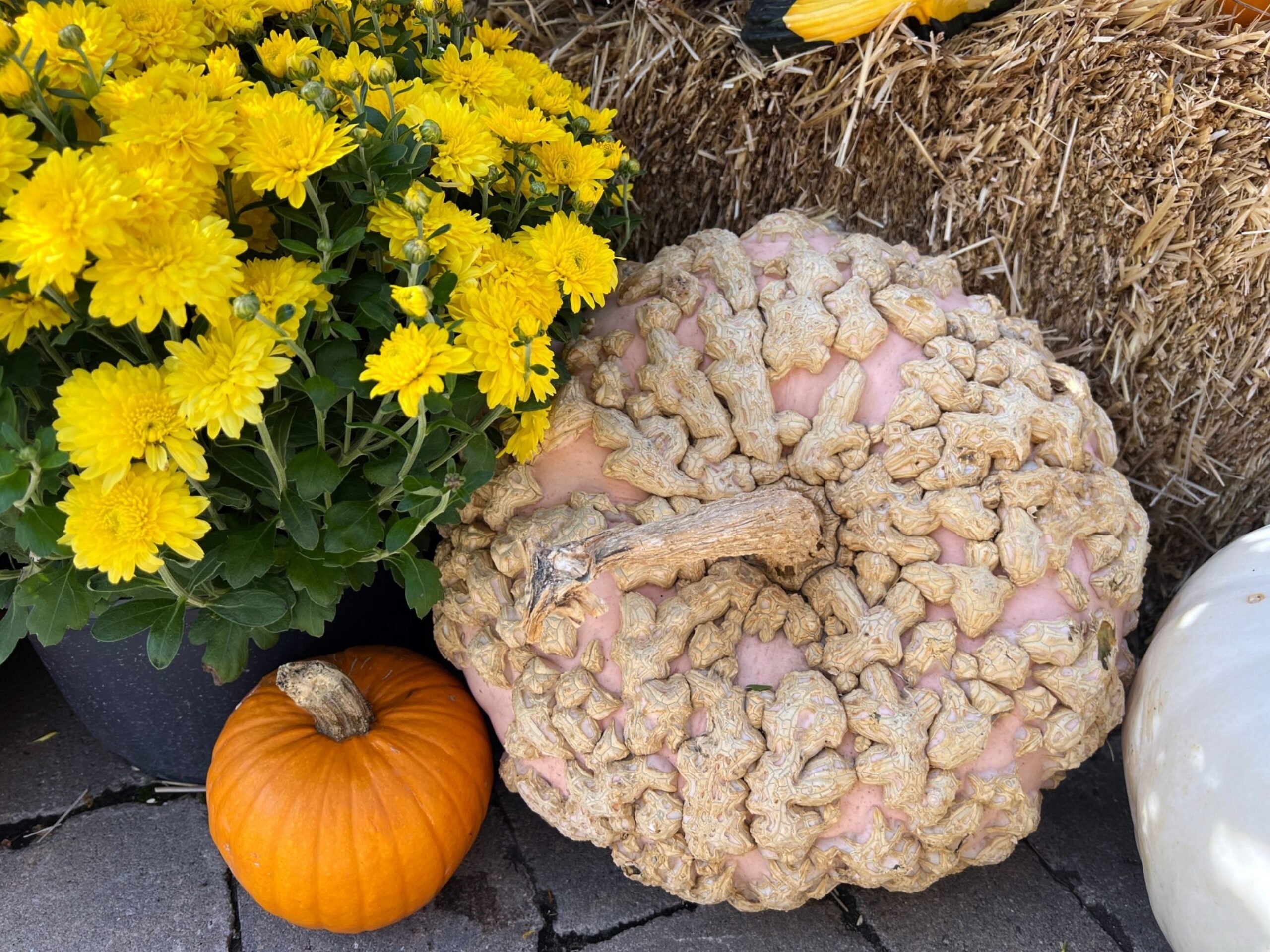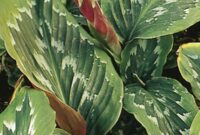Getting Started with Peanut Pumpkin Gardening
Peanut pumpkins, also known as Georgia peanuts or Tennessee sweet potatoes, are a unique and rewarding addition to any garden. These pumpkins are unlike your typical pumpkin; they offer a delightful combination of flavors and a beautiful appearance that will surely impress your friends and family. In this blog post, we’ll guide you through the process of growing your own peanut pumpkins and share tips and tricks for a bountiful harvest. Get ready to embark on a gardening journey filled with excitement and delicious rewards!
Choosing the Right Variety
Before you can start planting peanut pumpkins, it’s essential to understand the different varieties available and their unique characteristics. There are several varieties of peanut pumpkins, each with its own flavor profile, size, and growing requirements. Here’s a brief overview to help you make the right choice:
- Tennessee Sweet Potato: This variety is known for its sweet, nutty flavor and pear-like shape. It’s perfect for roasting and baking.
- Georgia Peanut: Georgia peanuts are characterized by their elongated shape and slightly rough skin. They have a sweet, creamy flesh that’s great for making pies and soups.
When selecting a variety, consider your local climate and preferences. Some varieties may perform better in certain regions, so be sure to choose one that suits your growing conditions.
Preparing Your Garden
Now that you’ve chosen the perfect peanut pumpkin variety, it’s time to prepare your garden for planting. Proper soil preparation is crucial to ensure your peanut pumpkins thrive. Here are some essential steps:
- Location: Peanut pumpkins thrive in full sun, so choose a spot in your garden that receives at least 6-8 hours of direct sunlight each day.
- Soil Quality: Start by testing your soil’s pH level. Peanut pumpkins prefer slightly acidic to neutral soil with a pH between 6.0 and 7.0. If needed, adjust the pH with lime or sulfur.
- Soil Preparation: Enhance your soil’s fertility and drainage by incorporating organic matter such as compost or well-rotted manure. This will provide the necessary nutrients and improve water retention.
- Spacing: When planting peanut pumpkins, allow sufficient space between plants. Plant the seeds or seedlings about 3-4 feet apart in rows, leaving 6-8 feet between rows. This spacing ensures proper airflow and prevents overcrowding.
With the right variety selected and your garden properly prepared, you’re well on your way to growing healthy and productive peanut pumpkins.
Cultivating Peanut Pumpkins: Care and Maintenance
Planting and Growing Tips
Now that you’ve laid the foundation for your peanut pumpkin garden, it’s time to delve into the crucial aspects of planting and nurturing your pumpkin plants to ensure a bountiful harvest.
1. Ideal Planting Time: Peanut pumpkins thrive in warm weather, so timing is key. Plant your seeds or transplant your seedlings after the last frost when the soil temperature has reached at least 60°F (15°C). This typically falls in late spring or early summer.
2. Planting Methods:
- From Seeds: If you’re starting from seeds, sow them directly in the garden. Plant the seeds about 1 inch deep and 3 inches apart in rows. Once they germinate and grow a few inches tall, thin them to the recommended spacing.
- Transplanting Seedlings: If you prefer to start with seedlings, transplant them into your garden with the same spacing as for seeds.
3. Spacing: Proper spacing is crucial to allow enough room for your peanut pumpkin plants to spread and grow. Maintain a spacing of 3-4 feet between plants within rows and 6-8 feet between rows.
4. Watering: Consistent moisture is vital for peanut pumpkin plants. Water deeply when the soil is dry to the touch, ensuring the soil remains consistently moist but not waterlogged.
5. Mulching: Applying a layer of organic mulch around your plants helps to retain moisture, suppress weeds, and regulate soil temperature. This is especially beneficial during hot summer months.
6. Feeding: Peanut pumpkins benefit from a balanced, slow-release fertilizer. Follow the manufacturer’s instructions for application, or use compost as a natural alternative to provide the necessary nutrients.
Pest and Disease Management
Even with proper care, peanut pumpkin plants can encounter some common garden pests and diseases. Here’s how to manage them:
1. Common Pests: Keep an eye out for aphids, squash bugs, and cucumber beetles. These pests can damage your plants and reduce yields. Consider using organic control methods such as neem oil, insecticidal soap, or introducing beneficial insects like ladybugs.
2. Disease Prevention: Powdery mildew and bacterial wilt are two common diseases that affect pumpkin plants. To prevent these issues:
- Proper Spacing: Adequate spacing between plants promotes air circulation, reducing the risk of powdery mildew.
- Healthy Soil: Maintain healthy soil by adding organic matter and ensuring good drainage.
- Prompt Removal: Remove any infected leaves or plants promptly to prevent the spread of diseases.
Training and Support
Peanut pumpkin vines can grow long and vigorously, so providing support and training is essential:
1. Support Structures: Consider using trellises, stakes, or fencing to support the vines as they grow. This prevents the pumpkins from sitting on the ground, reducing the risk of rot and pests.
2. Training Vines: Gently guide the vines along the support structures as they grow. This helps keep the plants organized and maximizes space.
By following these planting, care, and maintenance tips, you’ll be well on your way to cultivating healthy peanut pumpkin plants that are ready to produce a bountiful harvest.
Harvesting and Enjoying Your Peanut Pumpkin Bounty
Harvesting and Curing
Now that your peanut pumpkins have grown and matured, it’s time to reap the rewards of your hard work. Harvesting and curing are essential steps to ensure your peanut pumpkins are at their best when it’s time to use them.
1. Determining Harvest Time: Knowing when to harvest your peanut pumpkins is crucial. Look for these signs:
- Color: Peanut pumpkins should have a deep orange or brown color. The skin should be firm and hard.
- Vine Condition: Pay attention to the condition of the vines. When they start to wither and die back, it’s a clear indicator that the pumpkins are ready for harvest.
2. Harvesting: To harvest your peanut pumpkins, use a sharp knife or pruning shears to cut them from the vine, leaving a few inches of stem attached. Handle them gently to avoid damaging the skin.
3. Curing: Curing is an important post-harvest step that helps harden the skin and extend the storage life of your peanut pumpkins. Place them in a warm, dry, and well-ventilated area for about 1-2 weeks. This process allows any minor wounds or cuts to heal and toughens the skin.
Storage and Usage
Once your peanut pumpkins are properly cured, it’s time to think about storage and how to enjoy them in various recipes:
1. Storage: Store your cured peanut pumpkins in a cool, dry place. A pantry or cellar with good air circulation is ideal. Properly stored, they can last for several months, providing you with delicious meals throughout the year.
2. Usage Ideas:
- Pumpkin Soups: Peanut pumpkins add a rich, sweet flavor to soups. Try making a creamy pumpkin bisque or a hearty pumpkin chili.
- Pumpkin Pies: Transform your peanut pumpkins into a delectable pie filling. Their sweet, nutty taste is perfect for traditional pumpkin pies or even pumpkin tarts.
- Roasted Peanut Pumpkins: Simply cut your peanut pumpkins into wedges, roast them with olive oil, salt, and your favorite seasonings until tender. It’s a delightful side dish.
- Pumpkin Pancakes or Waffles: Incorporate pureed peanut pumpkins into your pancake or waffle batter for a special breakfast treat.
- Pumpkin Risotto: Add diced peanut pumpkins to your favorite risotto recipe for a creamy and savory dish.
- Pumpkin Smoothies: Blend peanut pumpkin puree with yogurt, banana, and a touch of honey for a nutritious and tasty smoothie.
Final Tips and Conclusion
Congratulations on successfully growing and harvesting your peanut pumpkins! To ensure a successful harvest next year, here are some final tips and tricks to keep in mind:
- Save some seeds from your best peanut pumpkins for next year’s planting.
- Rotate your crops to prevent soil-borne diseases.
- Consider companion planting with herbs and flowers that can deter pests.
In conclusion, growing peanut pumpkins can be a rewarding and delicious experience. By following the guidelines in this blog series, you’re well-equipped to cultivate these unique pumpkins and enjoy them in a variety of culinary delights.
So, don’t wait any longer—get started on your peanut pumpkin-growing journey and savor the flavors of your bountiful harvest!



